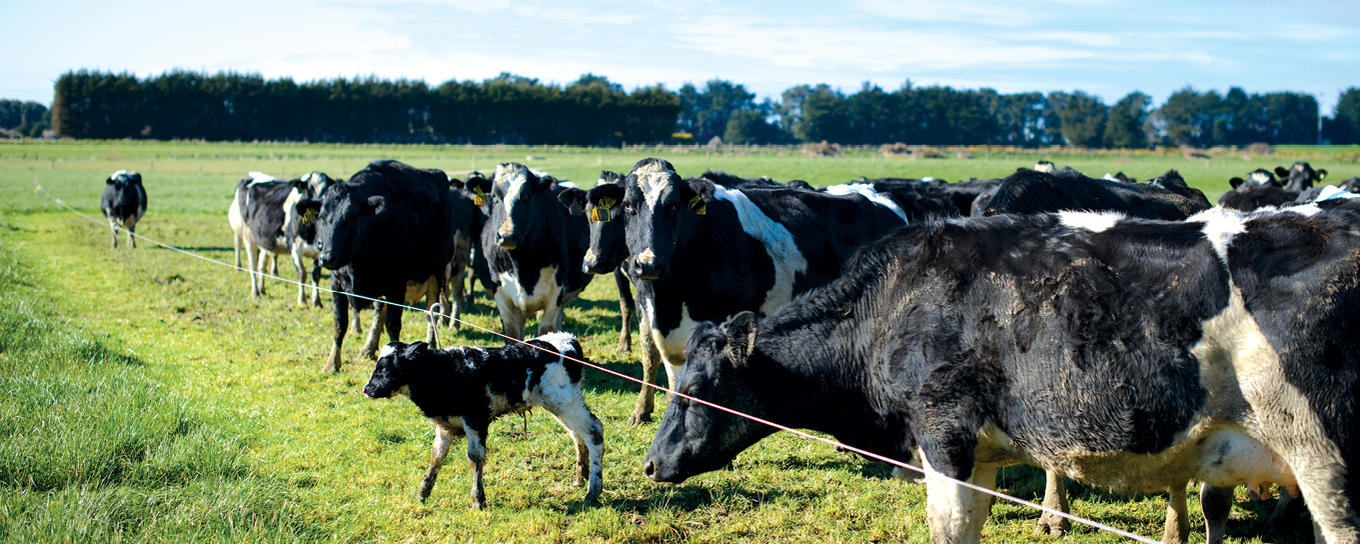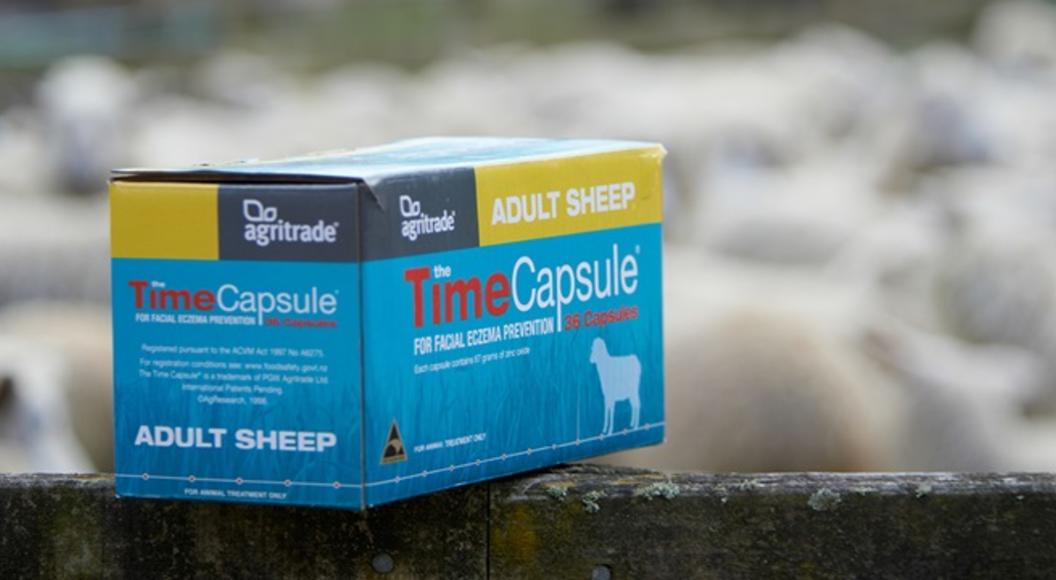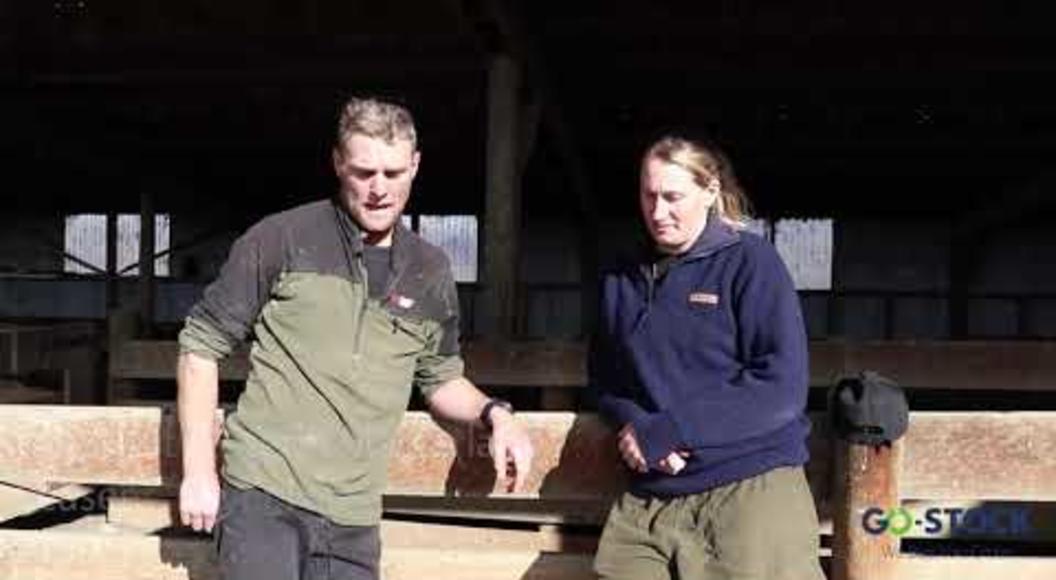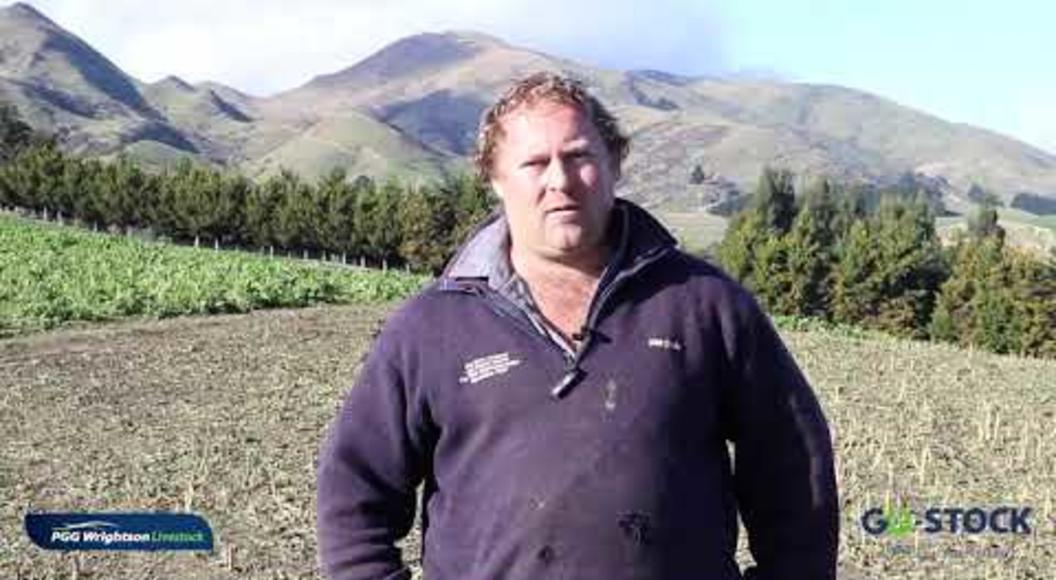
Avoiding problems from the start
The first weeks of calves’ lives set them up to be able to grow to their genetic potential and have a productive future. Here are some tips to ensure the right foundations are established from the start.
New Zealand studies¹ have shown that at least 25 percent of calves fail to suckle effectively to get enough quality colostrum in the critical first 24 hours of life, resulting in Failure of Passive Transfer (FPT) of antibodies from the colostrum. Best practice calf collection should be three times daily, with research showing once or twice daily collection resulting in significant numbers of calves with FPT. This is particularly relevant when bad weather occurs as calves cannot thermoregulate (control their core body temperature) so they need even more milk.
Collect calves into clean trailers with non-slip rubber matting, preventing slipping or sitting in mud and faeces. Spray navels with iodine based sprays both into the trailer and again when arriving at the shed. Clean the trailers out on a regular basis and drive at a speed that calves can stand.
When transporting calves four days and older, it is best to give an electrolyte feed on arrival at the new property and only a small milk feed of 1 to 1.5 L of new milk source or Calf Milk Replacer (CMR) to avoid nutritionally stressing the calf in the first 12 hours after arrival.
Calf rearing sheds should be dry, draught free and have good drainage. Bedding should also be dry and preferably at least 100 mm deep. Top up on a regular basis to ensure urine and faeces are buried, reducing disease risk. Solid partitions between pens stops calves licking and also help to reduce disease spread. All pens need access to fresh water. A hospital pen at one end of the shed or, better still, in a separate facility for isolation of sick calves is recommended.
Reinforce with staff that they can be a cause of disease spread. Have a foot bath with disinfectant, for example Virkon, before entering the sick pen and ideally have one person in charge. Have a thermometer to monitor calves to determine severity of disease (seek a Vet’s help if temperature is greater than 39.5 degrees Celsius).
Remember, being prepared and having a plan that all staff are aware of can greatly improve the enjoyment of your calf rearing season and result in healthy calves.
For more advice on all aspects of calf rearing, speak to your local PGG Wrightson Technical Field Representative, or visit the PGG Wrightson YouTube channel.
Written by Jason Leslie


